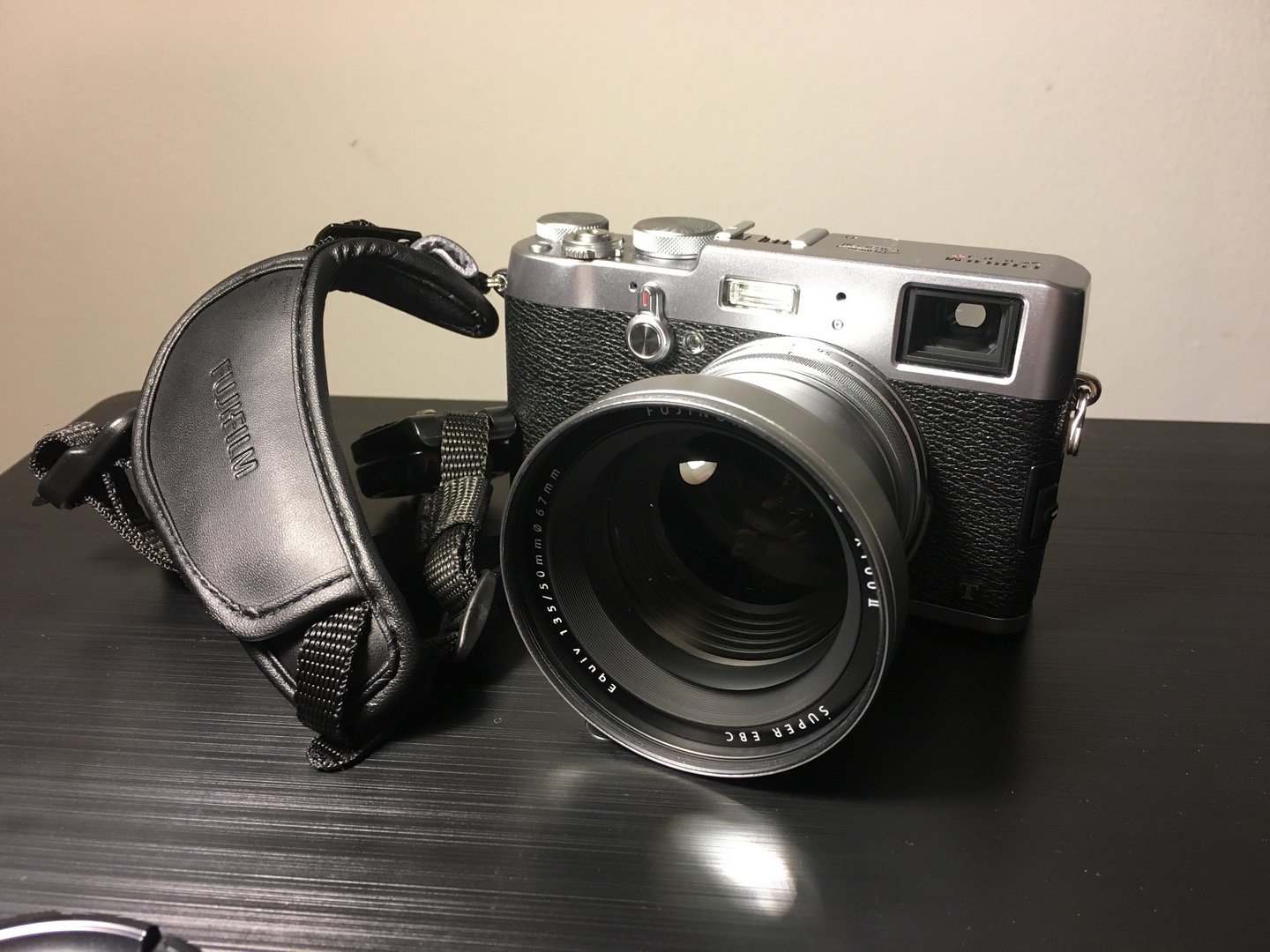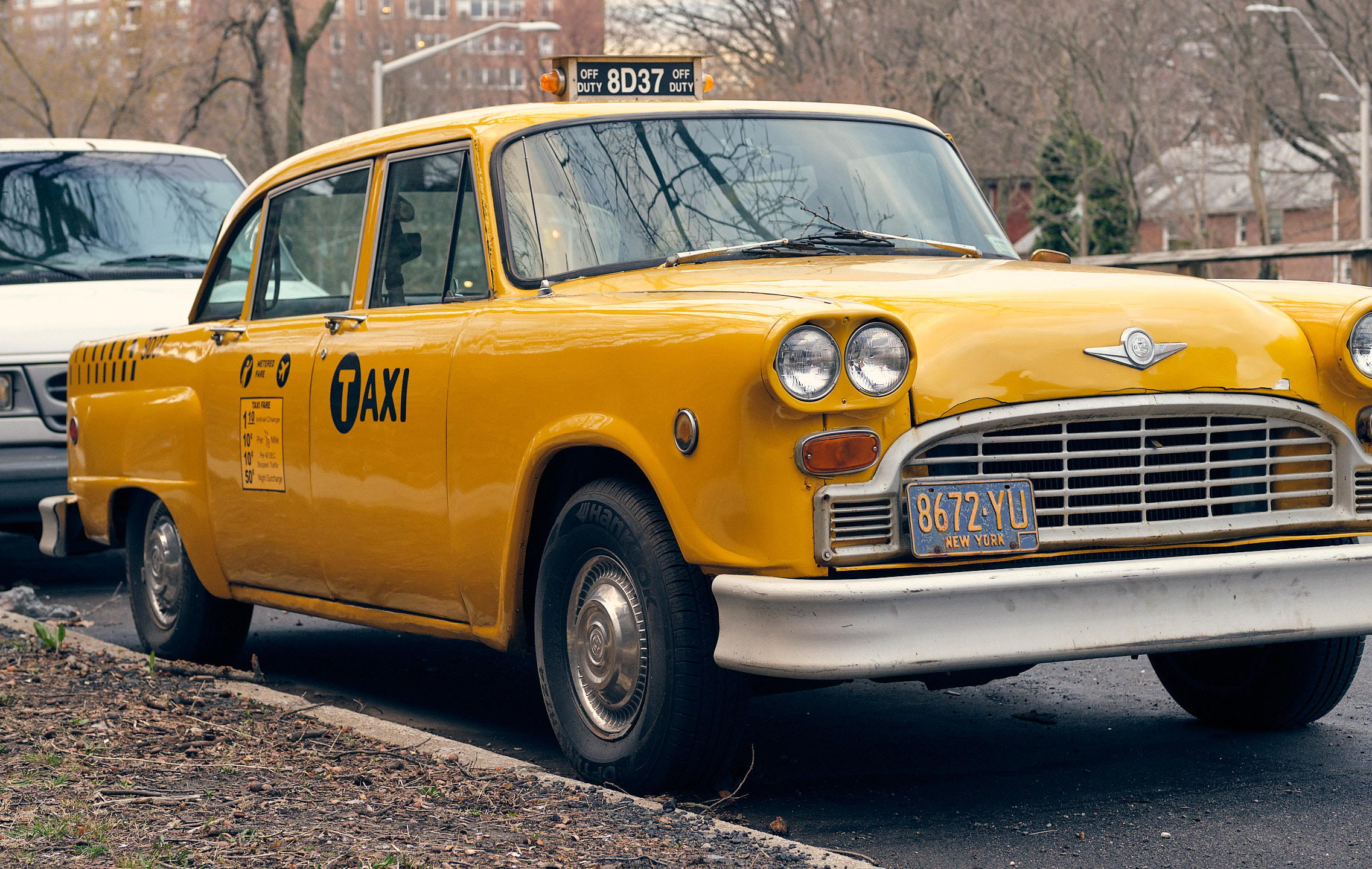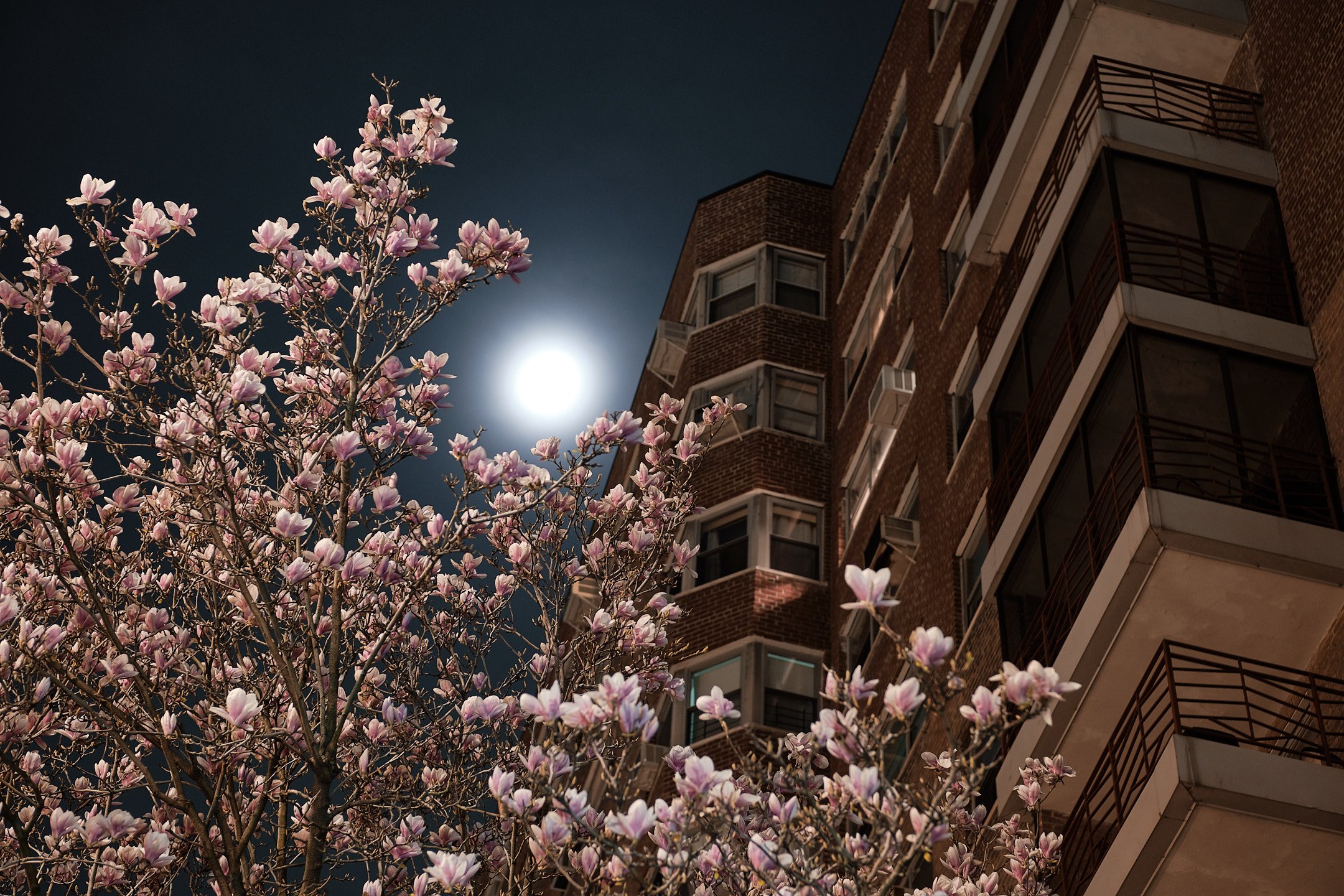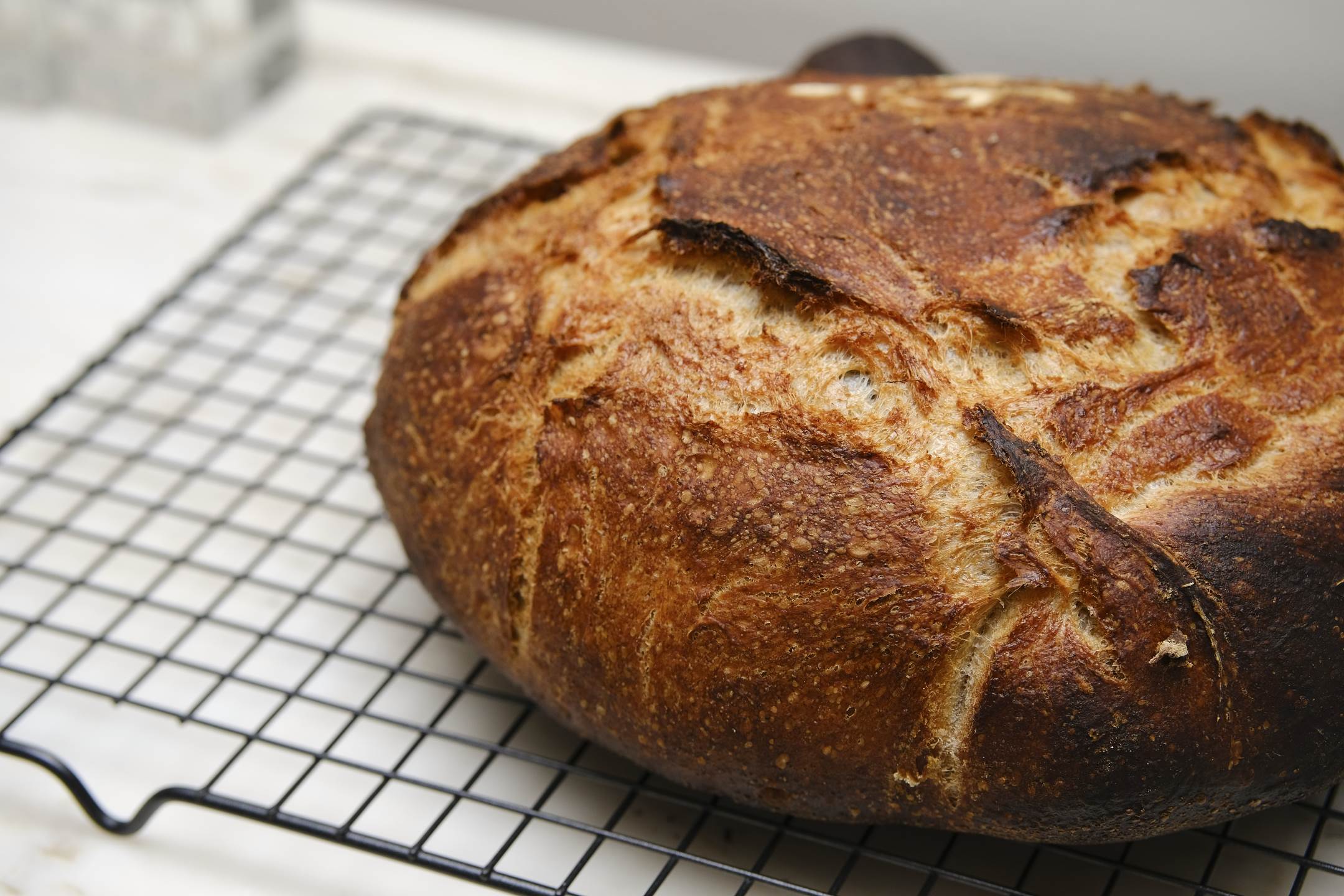Disclaimer: All thoughts here are my own; this is not an endorsement of any products,
brands, or media channels.
A little bit over two years ago, I got back into photography with
my purchase of the Fujifilm X100T.
(You can see many of my exploits with it over in my photo gallery;
most of the older photos were taken with it.)
What I loved about that camera – and still enjoy about it, really – is how
“connected” I feel to photography using it. It has no extraneous bells or
whistles, and puts the photographer in charge of the photographic trinity
(aperture, shutter speed, ISO). It feels like an extension of the photographer.
However, as I foreshadowed last summer,
I began to hanker for something a little bit different.
(Some of my photography mentors are probably chuckling to themselves as I write this.)
It’s not that I outgrew the X100T, per se, because it is a very capable camera;
rather, I ended up wanting something a little bit different as I became a more
experienced hobbyist photographer.

The Fuji X100 with the teleconverter; proof that I was looking for something “more” for quite a while.
In particular, there were three areas that I though I would enjoy more from
by a latest-generation interchangeable-lens mirror-less camera body:
- Autofocus speed, especially at indoor events. The X100T was using an
at-the-time acceptable processor, but it struggles badly in poorly lit
environments (even when the sensor should be able to tell where to focus).
- Lens choice; the 35mm-equivalent f/2.0 lens on the X100T is an amazing
slice-of-life and daily-carry lens in a tiny package. But, the fact is, it
doesn’t really get wider or narrower without significant cost and bulk.
- Video shooting; not that I shoot video much, but the X100T is pretty much
worse than a smartphone video camera in every way. (In a way, this is fine,
because smartphone video quality is usually more than adequate for most
purposes.)
To be completely honest, when I wrote my one-year retrospective post last summer,
I already intended to pick up the successor to the Fujifilm X-T20, presumably
in the spring of 2019. So it should come as no surprise that I bought the…
Fujifilm X-T30
The Fujifilm X-T30
is the impressive younger sister to the
Fujifilm XT-3;
in particular, it has the same sensor and processor, and very good build quality;
it’s a quintessential “prosumer” camera.
And that’s exactly what I was looking for! I may not be am not a professional,
but I am enjoying getting to work with borderline-professional grade equipment.

The higher megapixel count and lens choices often make it easier to nail a shot and add the desired processing, even when cropping is needed.
I can state, quite simply, that the X-T30 delivers on all of the areas I
highlighted above. Its autofocus performance in dimly lit interiors is more than
adequate (I’d say my hit rate is about 50%, compared with 20% with the X100T),
and the freedom to pick lenses for the occasion is (usually) liberating.
Consider the shot below, taken at 11pm on a somewhat windy night. I got the shot
by shining a flashlight on the leaves of this tree; but it helps that I also had
a fast f/2.0 75mm-equivalent lens, as well. That’s just not the kind of shot
I’m going to get with the X100T – it’s far too narrow to crop in with the
megapixels available, especially considering how the X100T’s lens falls down a
bit when wide open.

Autofocusing in the dark, with fast lenses, is much more manageable.
Now, admittedly the X-T30 isn’t quite as portable as the X100T. I can walk around
with the X100T for the entire day and not really notice, whereas the X-T30 is
just big enough and heavy enough that I’d get a bit tired carrying it around all
day. It’s not a street camera - but it’ll do in a pinch.

While not quite a street camera, the X-T30 works well in a pinch.
One area that I’ve found great use from the X-T30 is using it in combination
with an inexpensive Godox TT350F swivel flash
to obtain beautiful food pictures.
With the X100T, I struggled to get food pictures; 35mm-equivalent is not quite
ideal for detail shots of food; and the flash that I had available at the time
was also, while serviceable, not great for food pictures.
Now, I can use the 75mm-equivalent prime lens with the flash to nail those detail
shots.

The lens/flash flexibility helps nail these food detail shots.
I have yet to take a proper vacation with the X-T30, but I have high hopes.
I’m thinking that the
18-55mm f/2.8-f/4 image-stabilized kit lens will hit the
sweet spot; it covers all the common focal lengths with solid apertures and
image stabilization to boot.
Next steps…
I’m not done yet - not by a long shot. I still need to try the camera with more
configurations and in more settings, and to really try and keep pushing myself
to acquire greater skill and artistry. The camera is capable - am I?